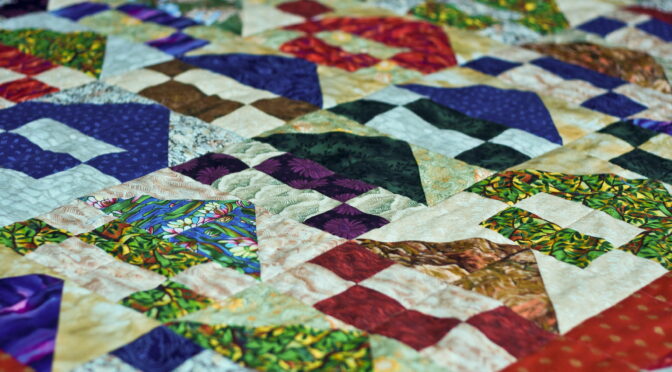-
Learning analytics: the patchwork quilt visualisation

In the Open University, we have developed a suite of LA (Learning Analytics) visualisations called ‘Action for Analytics’ (A4A: slides from a presentation giving more detail) designed to help those responsible for producing modules to see the effects of their designs. For example, it’s possible to track just how much use videos we produce for…